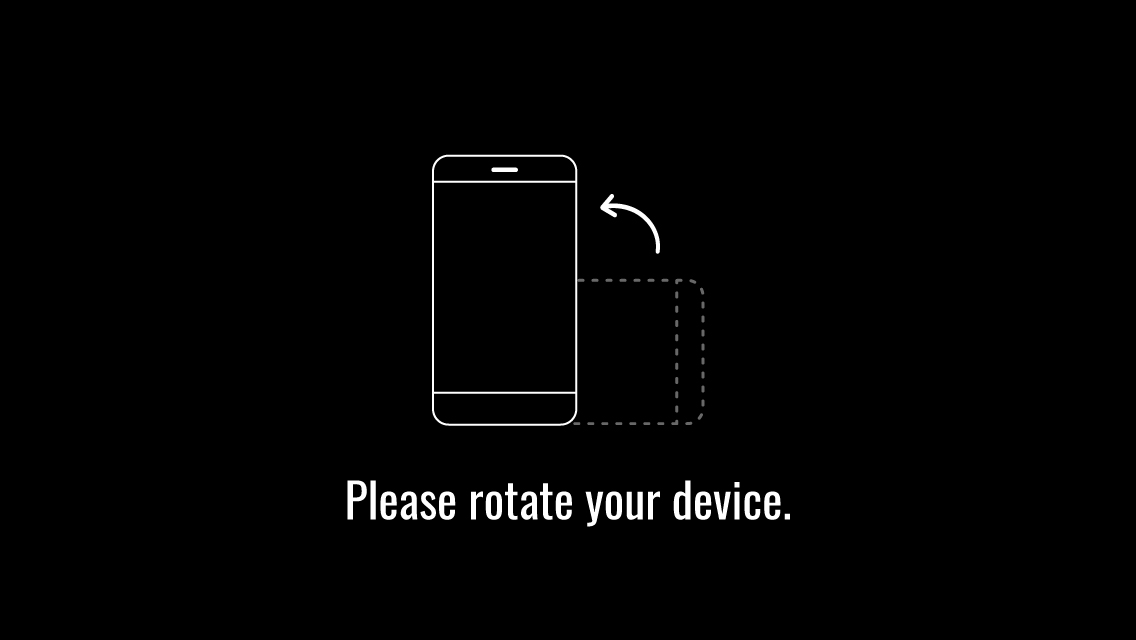Doing The Right Things, Right.
May 30, 2019

By Martin Kaasgaard
A vital part of any fulfilment task is firstly doing the right things and do those things right, meeting customer requirements regarding safety, quality, delivery and cost.
In this blog post it is assumed you have the right product for the right customer, but this is also a topic to be explored in future blog posts.
Introducing OASIS
OASIS is a framework based upon concepts from both LEAN and Six sigma aiming at looking broadly on the fulfilment stream and optimising it. OASIS is divided into five phases:
Observe
Analyse
Solve
Implement
Surveillance
How do you know where to improve? Sometimes its obvious and sometimes it takes scrutiny of your entire value stream. In the observe phase its all about identifying your constraints using the (right) tools at your disposal, such as value stream mapping (VSM), cost analysis or even taking a walk through a factory. It is an iterative process where you use targets and observations. This will give you one or more areas of interest to explore further.
In the analysis phase it’s all about the “why?”. Why do you have the constraint? Answering that question requires in-depth knowledge of the value stream, where you challenge and understand all assumptions, especially the hidden ones. This requires data and re-visiting the observation. What did you actually observe? The phase ends when the problem/observation is fully understood.
What does it take to remove the constraints? This is answered in the solve phase. Here you provide options with implications, such as cost, in a structured way that allows you to make decisions with as little bias as possible, so you decide a course of action that serves your company best. The phase ends when you have at least one solution that eliminates or significantly reduces your problem.
Implementation is often where it gets tricky. Benjanmin Franklin is quoted for saying, “if you are failing to plan, you are planning to fail”. A successful implementation requires a good plan and the devil is often in the detail. The plan should always answer “Who does what by when?” and be structured to have maximum possible impact with least possible effort and time. And it needs to be communicated to and aligned with key stakeholders, whether they are internal, customers or suppliers. The phase ends when all activities in the plan are done, verified and validated.
Surveillance essentially means “watch from above”. The intention is to define a few performance indicators that lets you know your implemented changes are delivering the effect intended and required for the business.
If you are interested in applying this to your organisation, please fill out the contact form and we will get in touch with you.

